Saurabh Kumar talks about Web Analytics
Is it time for a Web Analytics Audit?
Nov 07, 2018
Given the importance of web analytics data, it is essential to conduct a web analytics audit every year.
Jul 03, 2020
by Saurabh Kumar
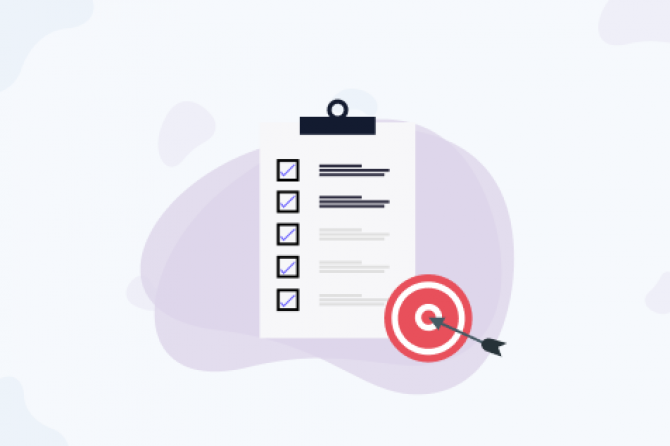
The success of a B2B company depends on generating leads and boosting sales. But, how will you know whether your marketing efforts have been fruitful? This is where Google Analytics (GA) comes into play. Approximately 38 percent of the B2B companies rely on the data provided by Google Analytics that gives an insight into the customer behaviour and helps improve the sales flow.
A powerful and free tool, Google Analytics is used by both large and small organizations to measure activities on their websites. Whether you need information about the website traffic channels, engagement metrics, device overview, or conversion tracking, GA has it all. The data provided by GA help you understand the marketing campaigns that are useful in attracting traffic and areas that need improvement. For instance, GA defines the success of customer engagement by measuring different points as customers explore the website. The data can help you understand your customer behaviour and also help you identify the areas where you are losing potential customers.
Most of the B2B marketers are only “scrapping the tip of the iceberg” to get relevant information. Using advanced features can help you generate real, granular insights to take your business to the next level.
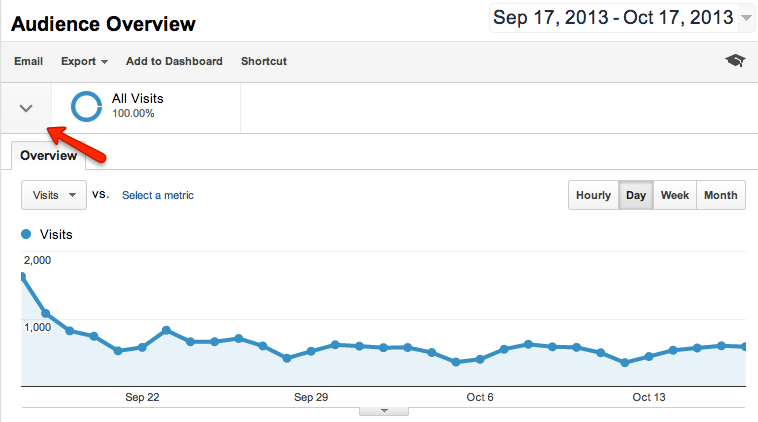
Google Analytics provides useful insights that can be of great help, but you need to dig deeper to get the full picture. If you are concerned about the conversion optimization and growth of your business, it is necessary to segment your reporting with the help of advanced GA settings. The advance settings help in creating custom segments and reports considering the demographic, technology, traffic sources, date, and behaviour. Advanced segmentation has a number of benefits:
An advanced feature, custom segmentation is quite easy to set-up and provides you with all the data related information you need to stay ahead of competitors.
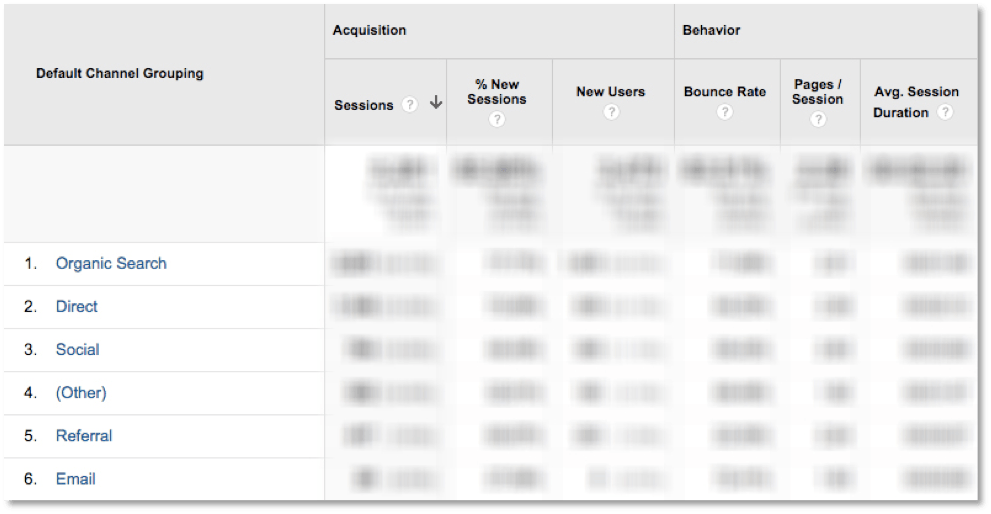
Channel monitoring helps you track the path or process that leads a visitor to your site. Organic search, direct, referral, and social are the main channels that you need to monitor using GA.
If you are engaged in a pay-per-click (PPC) or Google Ads campaign, GA can also help you monitor your paid search.
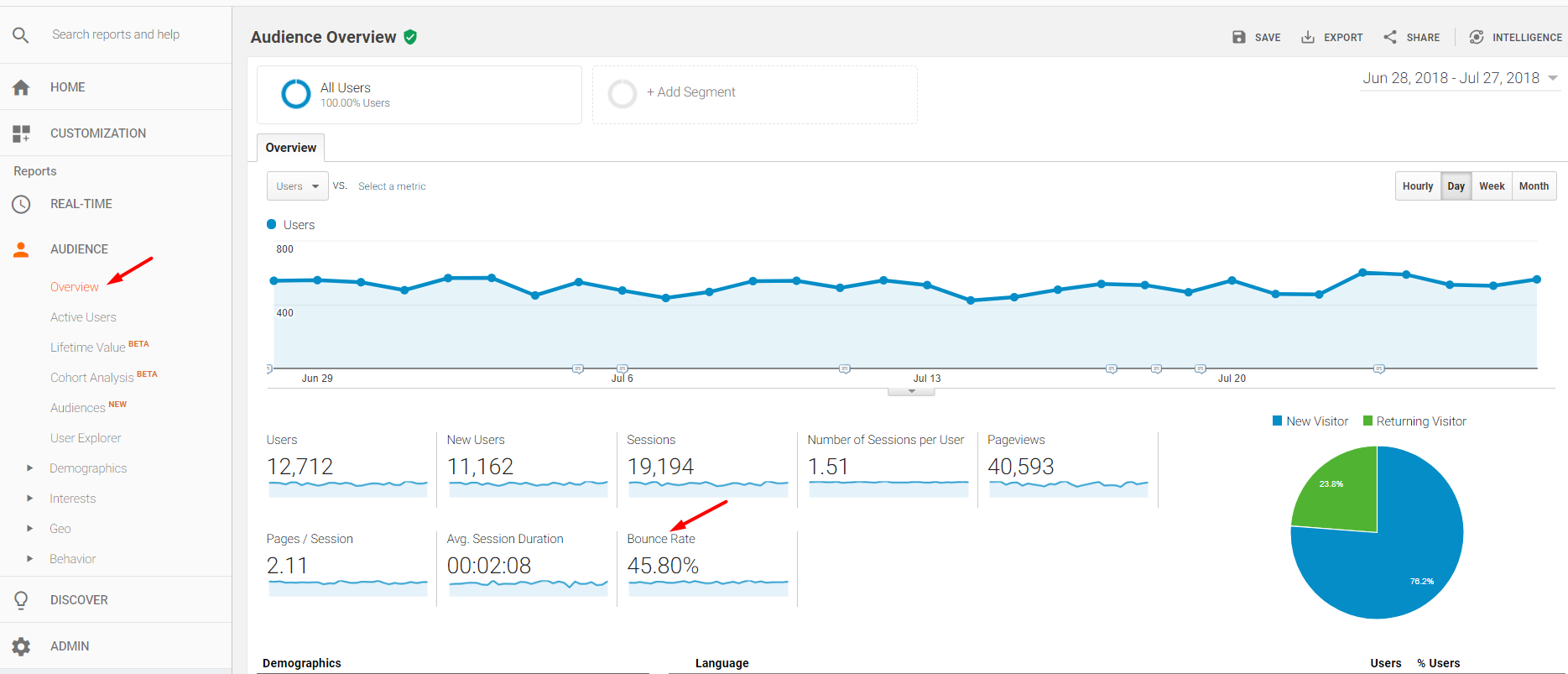
Bounce rate is an essential metric that helps in analysing the performance of your website or any other marketing campaign. A high bounce rate implies your website is not performing well as visitors are clicking off the site. Google considers any visit a bounce if the visitor doesn’t move to the second page within 30 minutes. However, a lot of B2B marketers tend to measure the wrong bounce rate and believe that visitors leave the page without engaging. To find the accurate data, B2B marketers need to look at the individual journeys of the users from the time they first landed on the site to the point they decided to leave and most importantly, find the reason they decided to leave. Setting up ‘events’ as goals in Google Analytics can help marketers understand what’s happening on the site.
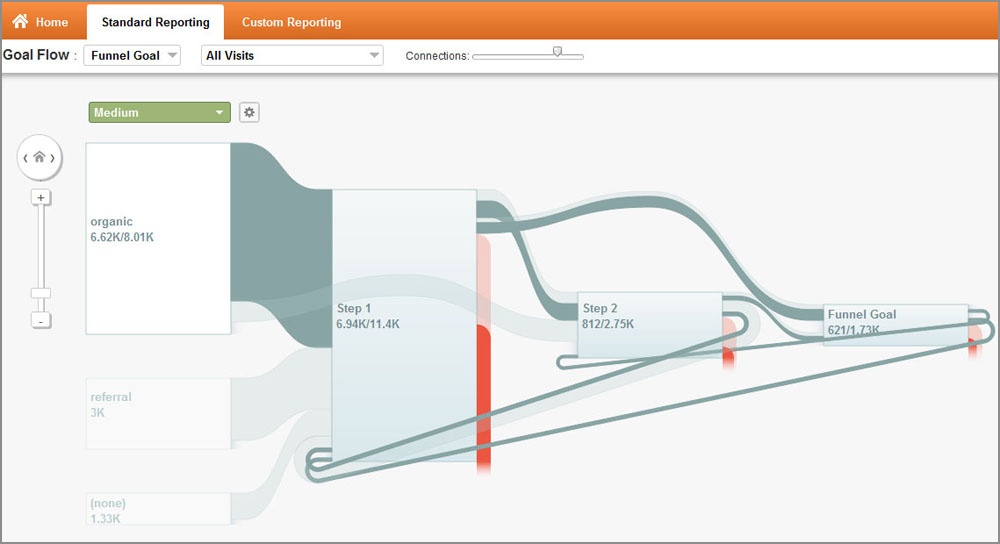
The purpose of a website is to convince visitors to provide leads or buy the products or services. For this, marketers need to understand how visitors navigate the website, which is where GA Goal Report comes into picture. The report shows how visitors end their journey on a website, which is achieved using a CTA button. Terms such as download, inquire, or subscribe have a specific objective that a Goal Flow report can measure. The report can help you track the efficiency of the conversion funnel and also shows you how the visitors move in the funnel by highlighting the areas of optimization.
A lot of B2B companies create a landing page targeted for lead generation or selling. The statistics of the page help marketers understand how the landing page is performing. The top landing pages shed light on the content that is driving maximum traffic to your website. You can use Google Analytics to track the bounce rate, average session duration, and the details of page or session for each landing page on the website.
Having accurate data is extremely important for the success of your venture. Without the right data, it is difficult to understand the direction of your progress. B2B companies, which spend approximately 9.2% of their budget on digital marketing, need to take the help of advanced GA to track whether they are in the right direction.
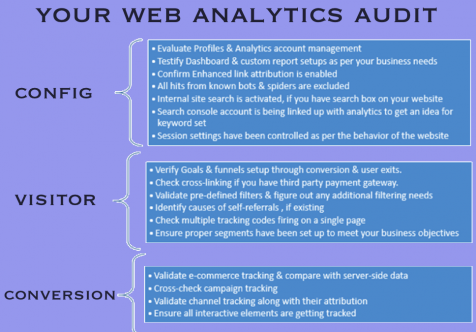

Saurabh Kumar talks about Web Analytics
Nov 07, 2018
Given the importance of web analytics data, it is essential to conduct a web analytics audit every year.
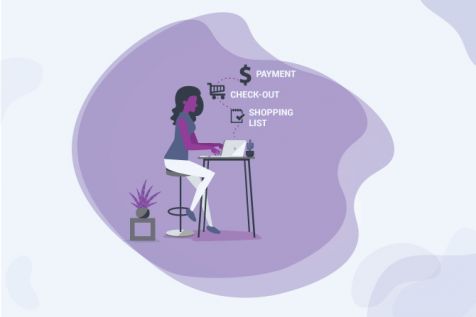

Saurabh Kumar talks about e-commerce, Web Analytics
Sep 04, 2018
Although Google Analytics is an amazing service that helps in tracking e-commerce, many times it counts a transaction more than once.